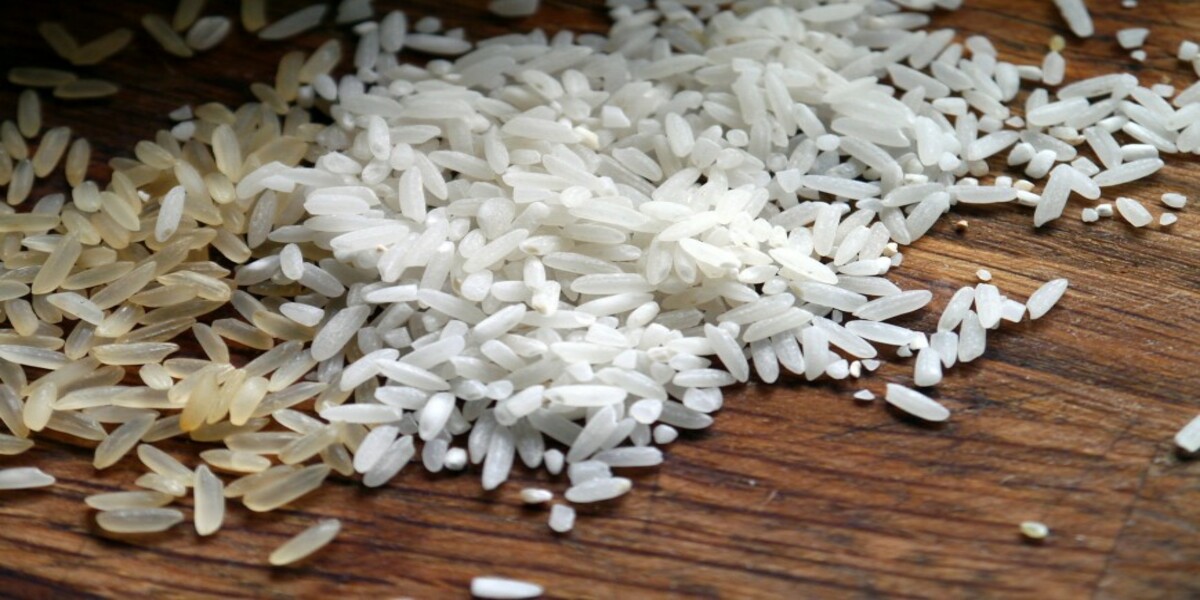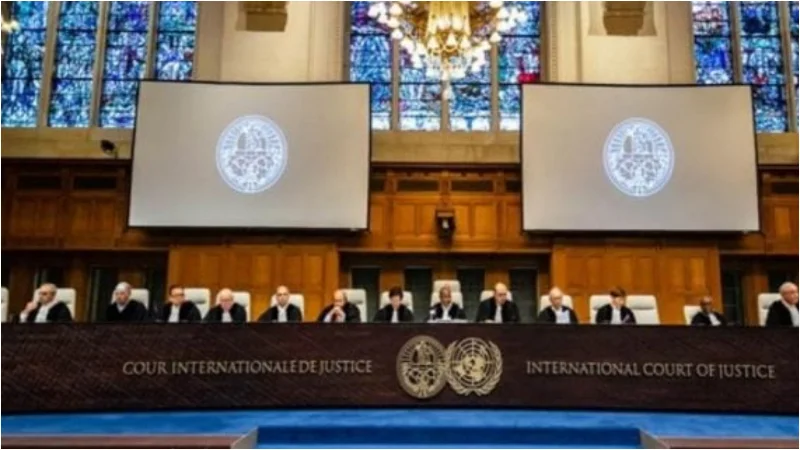Sri Lanka wants farmers to grow more rice as part of measures to avoid a major food shortage, according to a top official, as experts warned that a 50% decline in production would exacerbate the country’s already terrible financial problems.
Sri Lanka is experiencing its biggest humanitarian crisis in more than seven decades. The 22-million-strong island has depleted its foreign exchange reserves and is unable to pay for essential imports such as fuel, food, and medication.
“It is apparent that the food situation is deteriorating. In the next five to ten days, we ask all farmers to go into their fields and produce paddy,” Agriculture Minister Mahinda Amaraweera said at a press conference on Tuesday.
Ranil Wickremesinghe, Sri Lanka’s new prime minister, has warned of a catastrophic food shortage by August, estimating that $600 million will be required to buy fertiliser, which the country is failing to produce.
A group of agriculture experts has warned that most fertiliser will arrive too late for the next farming cycle, which generally begins in early June. There will not be enough fertiliser available in the next two seasons to meet the nutrient requirements of any of the key crops of rice, tea, or maize.
Even if action is taken, according to Buddhi Marambe, an agriculture professor at the University of Peradeniya, certain places will lose more than half of their paddy output.
“Even if we bring fertiliser today,” he continued, “it will be too late for a nice yield.”
Amaraweera added that talks with India are underway to acquire 65,000 tonnes of fertiliser, and that pleas have been made to seven other countries. He did not, however, say when the shipments would arrive.
The central bank announced last month that it would “pre-emptively” default on some of its external debt because the currency had devalued by more than 50% and food inflation had reached 46% in April.




















